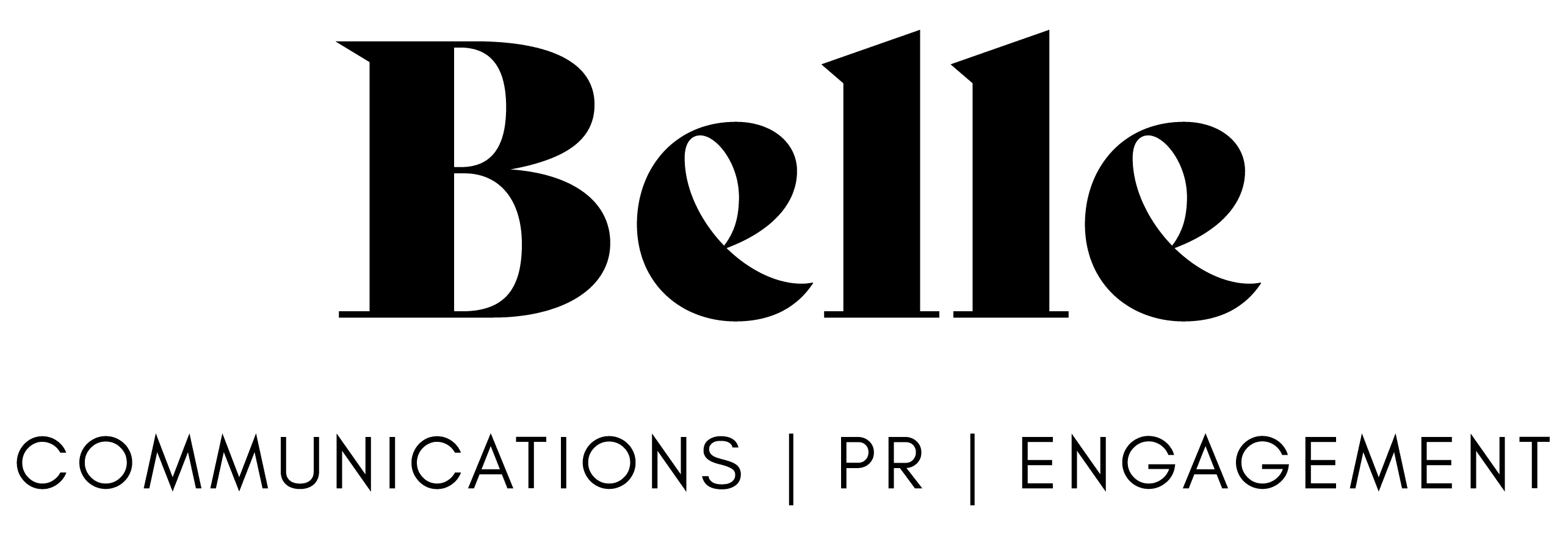Let’s talk about the psychology of generosity.
Did you attend Fieldays this year? While looking after one of our clients, Claire and I (Charlotte) took the opportunity to walk around the various sites and explore what was on offer at New Zealand’s largest ag event. The amount of giveaways, draws, and free food and merch was quite impressive.
As Fieldays would demonstrate, giveaways have emerged as a key (but often misunderstood) tool in the marketer’s arsenal. But what’s the actual impact of giveaways on a brand's reputation, trust, and ultimately, sales? While it delights visitors, can scanning a QR code to obtain a free pie from a locked pie warmer actually influence a consumer to buy BYD’s Shark 6?
While some view them as a short-term tactic to boost visibility, the deeper impact of giveaways on brand perception and customer loyalty reveals a more strategic opportunity.
At the heart of every successful giveaway lies a simple psychological truth - people love free things (I know I do!). But it’s not just about the zero price tag. According to behavioural economist Dan Ariely, the concept of “free” taps into our emotional decision-making, often overriding rational cost-benefit analysis. When a brand offers something for free, it creates a moment of delight, surprise, and goodwill. These are emotions that are deeply tied to brand affinity.
In a digital world saturated with ads and scepticism, giveaways can humanise a brand. They signal generosity, confidence in the product, and a willingness to invest in the customer relationship without expecting anything in return. This perceived altruism can foster trust, especially when the giveaway is relevant, high-quality, and thoughtfully executed.
A 2023 study by HubSpot found that 67% of consumers were more likely to trust a brand that offered a free sample or giveaway, and 52% reported an increased likelihood of making a purchase after receiving it.
Giveaways are often the first touchpoint in the customer journey. When done right, they can:
Increase brand visibility through social sharing and word-of-mouth (in fact, I couldn't wait to show my in-laws over a cup of tea on Saturday, my awesome new John Deere cap that Claire and I were generously given while checking out tractors and mowers at Brandt’s site).
Drive engagement by encouraging user-generated content or participation in contests (there are a few examples of this on Belle’s channels, too).
Accelerate conversions by reducing the perceived risk of trying a new product (very well demonstrated by Zespri, Fonterra and others).
Turn passive followers into active brand advocates. A well-timed campaign can spark a ripple effect, where recipients share their experience, tag friends, and amplify your reach organically.
However, not all giveaways are created equal. Brands that treat them as one-off stunts without aligning them with broader marketing goals risk attracting the wrong audience, i.e., those interested only in freebies, rather than in long-term engagement. Worse, poorly executed giveaways (for instance, unclear rules, low-value items, or spammy tactics) can damage credibility.
Ideally, you’ll want to align a giveaway with a lead generation activity that attracts your target market (or audience) and provides opportunities to nurture high-quality leads.
Best practices for strategic giveaways
To maximise impact, we’d recommend you consider these strategies:
As noted above, know your target audience and tailor the giveaway to your ideal customer’s interests and needs.
Offer real value by choosing to give away or showcase products or experiences that reflect your brand’s quality and ethos.
Frame the giveaway within a story about why you’re doing it, what it means, and how it connects to your brand mission.
Use the campaign to gather insights (with consent) that can inform and enable future marketing efforts.
Follow through by engaging with participants post-campaign to nurture the relationship.
Generosity is a strategy, and when attention is scarce and trust is hard-won, giveaways provide more than just a spike in followers or a temporary buzz. They serve as a strategic expression of brand values and an invitation to connect, experience, and believe. When generosity is genuine and aligned with purpose, it doesn’t merely give away products, it gives people a reason to care.


